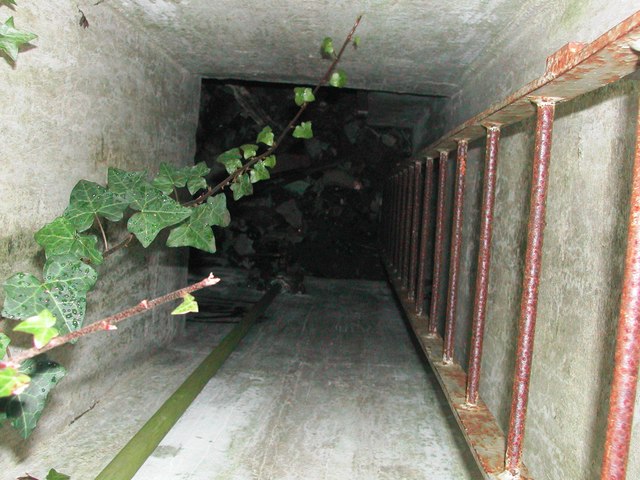A guide to securing your homestead’s perimeter (while observing the law)
11/02/2019 / By Darnel Fernandez

Perimeter and home security should always be your number one priority when creating a survival plan. Regardless of how safe your area may be or how low the crime rate is, it pays to be vigilant. Perimeter fencing is one of the simplest ways to establish your territory and fortify your location. However, boundary fencing has rules that should be followed, which vary by region and state, so it’s essential to learn local laws should you want to secure a perimeter around your home or bug-out location. (h/t to SurvivalSullivan.com)
Follow the laws of the land
When SHTF, rules and regulations won’t really matter. However, it goes against the philosophy of prepping to make defenses after disaster has struck. So when planning to build a perimeter fence, you must comply with state and local laws to avoid being fined by the government. This would get you a net loss in money, as well as a significant loss of time.
Some preppers live in areas subjected to open range laws. In these areas, homeowners need to construct a fence that meets the state’s standards if they want to keep their livestock from wandering off their property. Fences built here can be made with wood, concrete, or steel posts alongside three strings of barbed wire, with the posts set at least 20 inches deep into the ground. In addition to fence regulations, residents in these areas are also mandated to follow the rules on pastures and fields.
Creating a barbed wire fence is something a lot of preppers find appealing because it can be a reliable deterrent against most threats. Unfortunately, building a fence using only barbed wire is illegal in some states. Even if such fences are allowed, they would be restricted in height. The standard allowable heights are 36, 48, or 52 inches tall.
Some states may even require you to maintain a fence that’s not even yours. If a fence separates two properties, some laws may require you to be legally and financially responsible for the upkeep and maintenance of both the fence and the area around it. You may even be charged for trespassing if you don’t allow the adjacent property owner to enter your property to do fence repairs.
Fortify your home
Fences are not the only way to beef up your home security. While you can survive with only a fence and a few other personal self-defense tools, adding more security measures to your property wouldn’t hurt, especially if you have the resources to do so.
Here are a few other ways to defend your home from threats:
- Dogs. Man’s best friend is one of the most reliable means to protect yourself and your property. Having a trained dog or two on your property can be a significant asset in keeping everything safe and sound. If they detect any intruder, they will make a fuss about it, alerting you to the danger. Some dogs can even attack the intruders if they’re large enough to do so.
- Signs. Simple but effective. Having signs around your property can make your trespassing claims much more legitimate when someone decides to invade your area. However, there are still some guidelines that you need to follow regarding signage.
- Hedges and shrubs. A well-maintained hedge or shrub can act as a natural barrier that can help fortify your property.
- Security cameras. Technology can be a big boon in protecting your property. By placing cameras in critical locations, you can make sure that every nook and cranny of your property is being recorded, giving you substantial evidence against any potential trespasser. Even the sight of a security camera can be enough to deter most people from entering your property.
Not only does perimeter defense require proper planning and dedication to complete, but it also requires responsibility from the owner to follow local rules to avoid any trouble and be able to prep in peace.
For more tips on being a responsible prepper, visit Preparedness.news.
Sources include:
Tagged Under: boundary, bug in, bug out, chaos, fences, home security, Homestead, homesteading, local laws, perimeter, personal safety, preparedness, prepper, prepping, property, responsible prepping, rules and regulations, self-defense, SHTF, state laws, survival
RECENT NEWS & ARTICLES
Homesteading.News is a fact-based public education website published by Homesteading News Features, LLC.
All content copyright © 2018 by Homesteading News Features, LLC.
Contact Us with Tips or Corrections
All trademarks, registered trademarks and servicemarks mentioned on this site are the property of their respective owners.



















